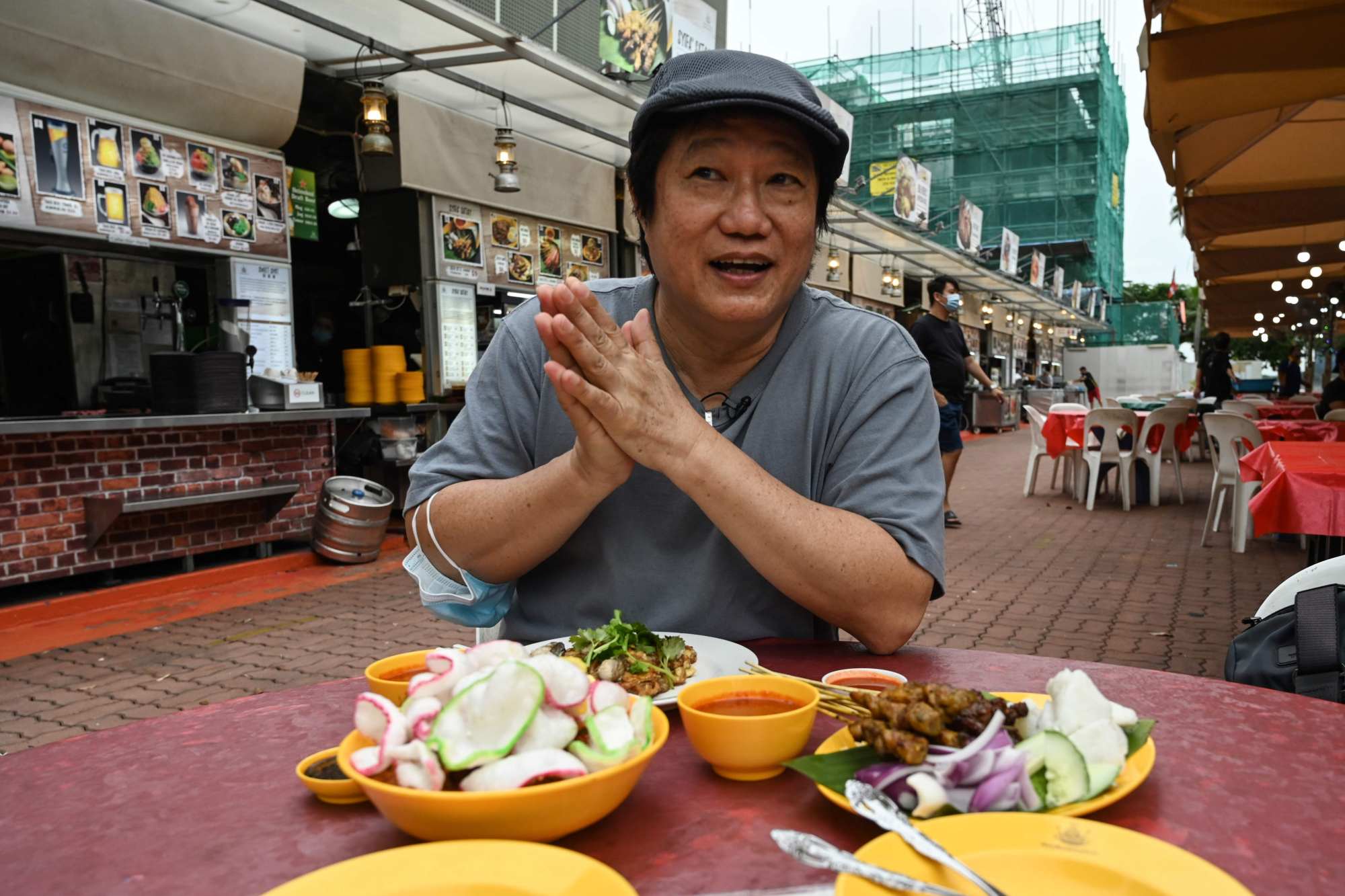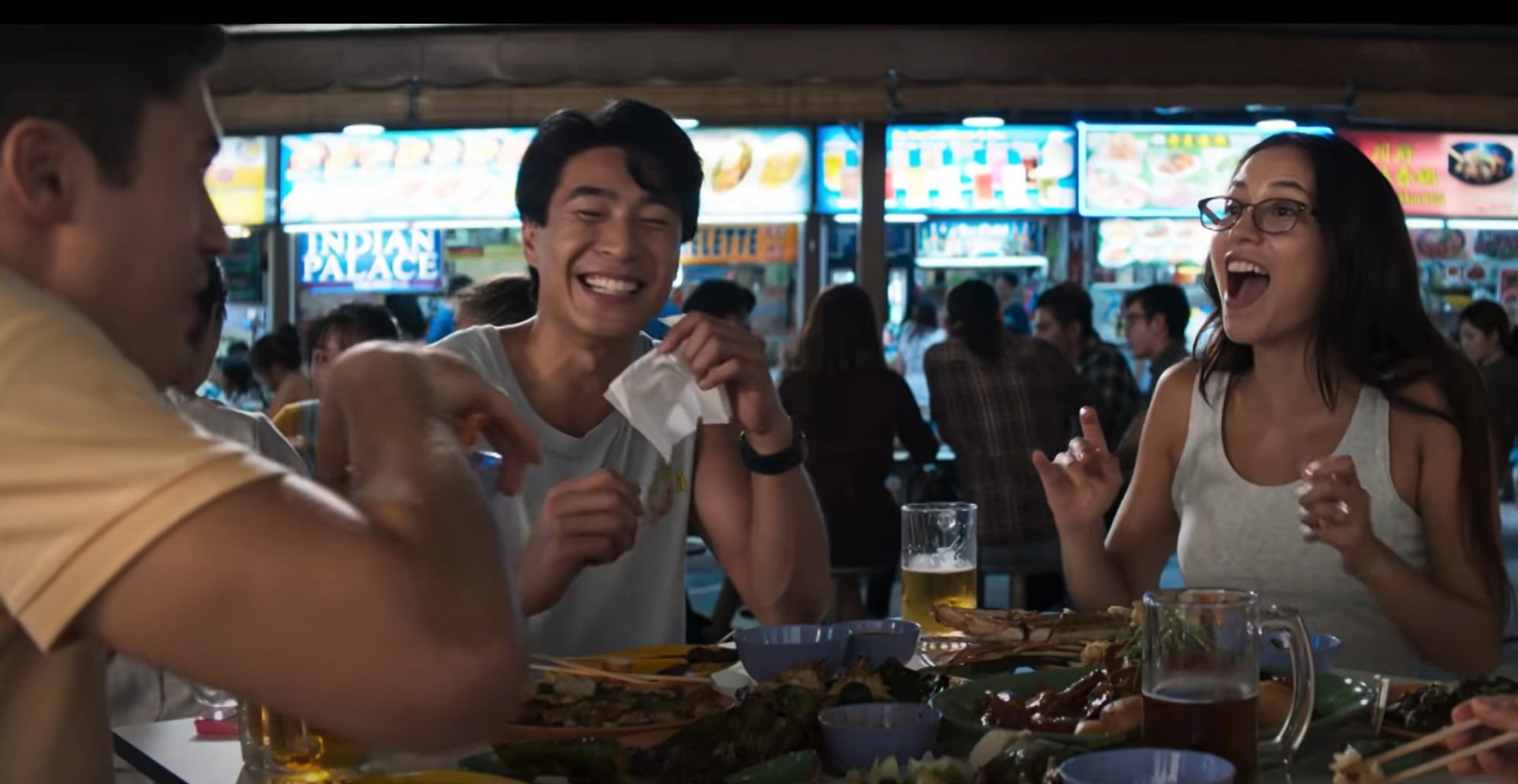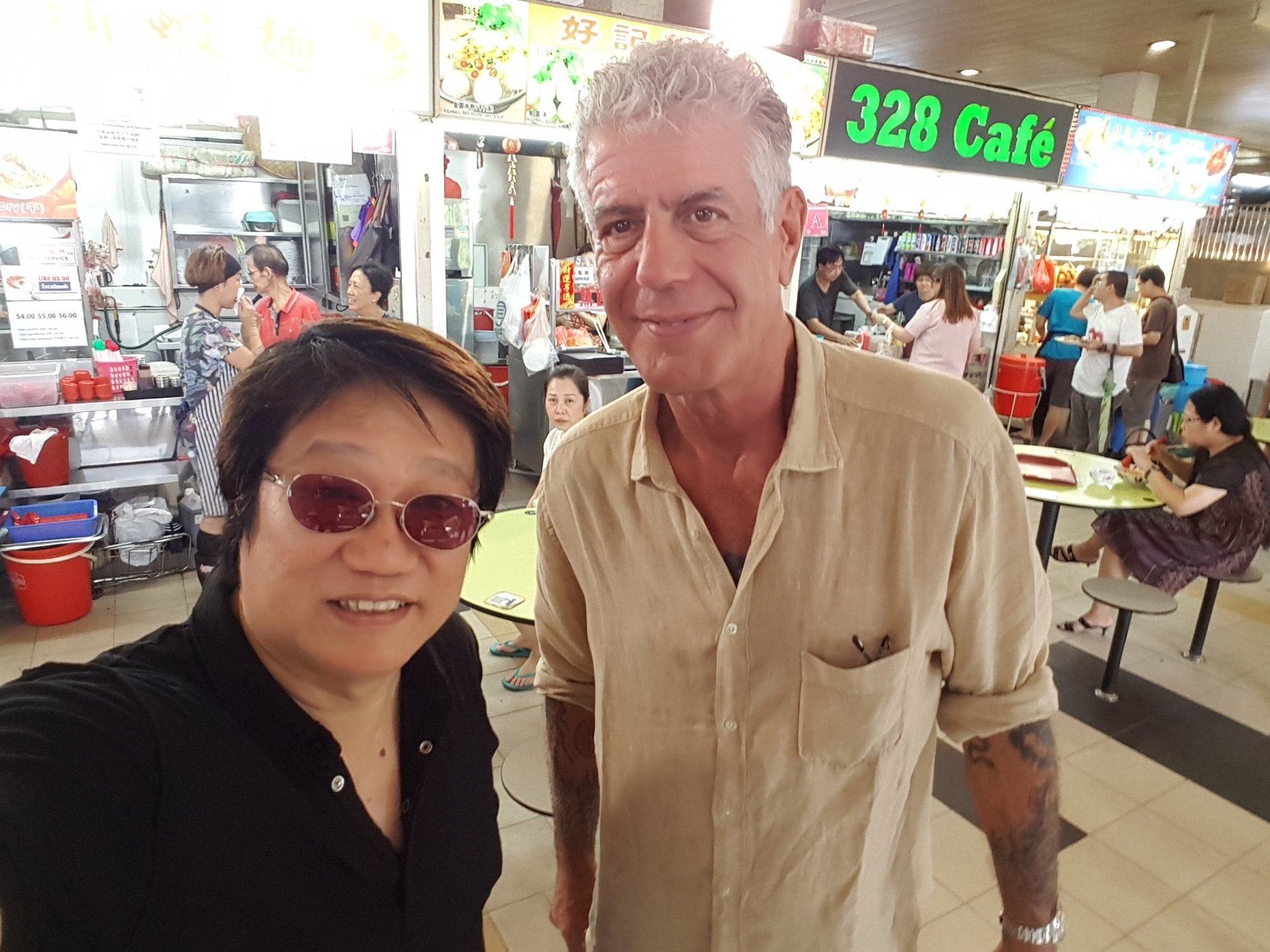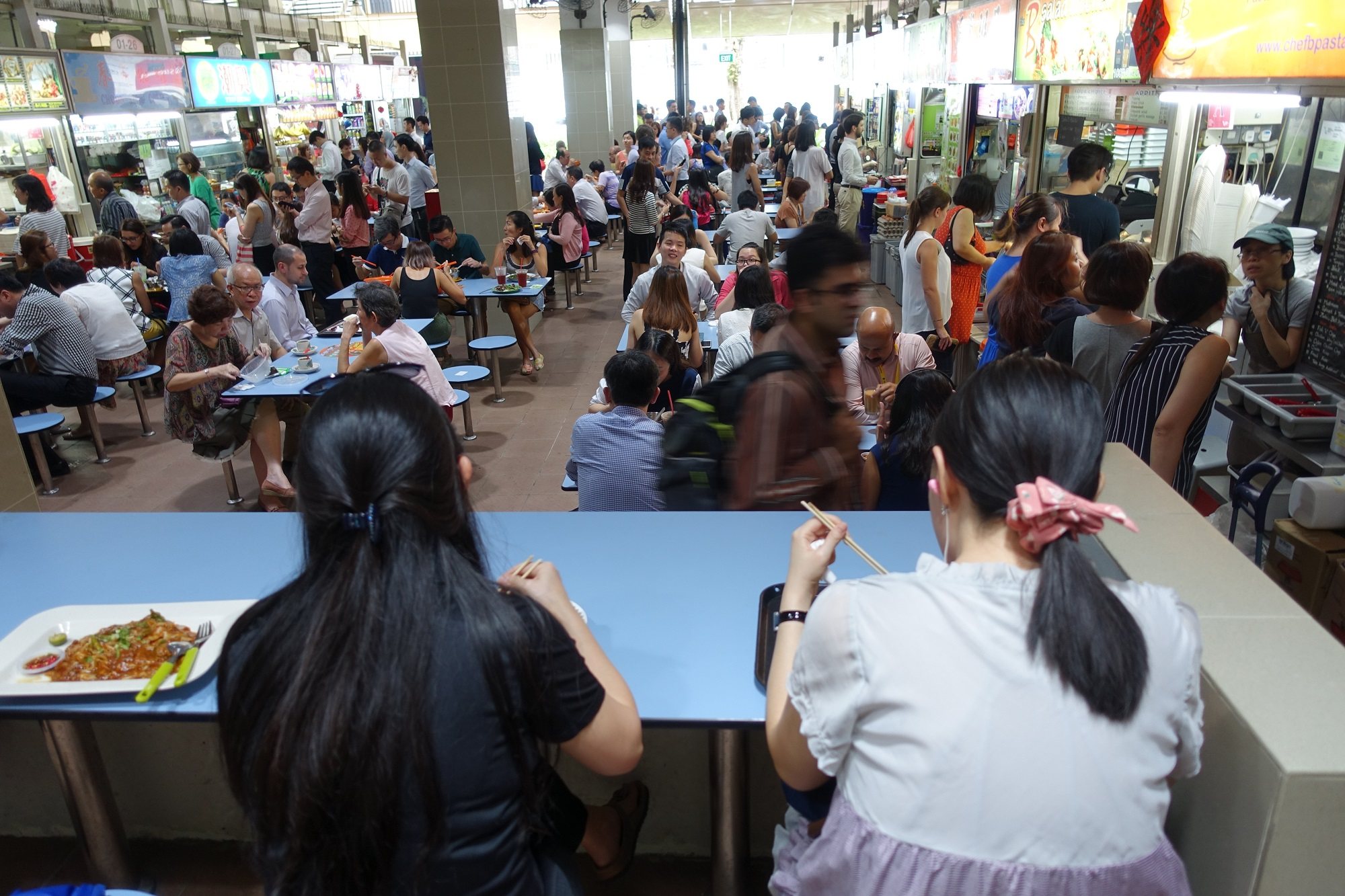
Can Singapore cuisine become as popular as Chinese, Japanese and Thai food in the West?
- Anthony Bourdain and Crazy Rich Asians have given Singapore’s melting-pot cuisine a boost in the US
- The only barrier to exporting the island’s food to the world is a fearless entrepreneurial spirit, says veteran food critic KF Seetoh
Singaporean cuisine has long been the darling of cosmopolitan, well-travelled foodies – including more celebrity chefs than you can shake a fork at, the late Anthony Bourdain its loudest champion.
Even in places with sizeable Singaporean expatriate populations – San Francisco, New York and London – one finds only a handful of eateries serving this or its close cousin, Malaysian food.
In California’s Bay Area, the pandemic last year seeded two Singaporean food pop-ups, whose owners say they owe some of their success to the 2018 movie Crazy Rich Asians putting the country and its food on the map.
In Las Vegas and New York City, there are two new food halls featuring Singaporean hawker brands – the latter a project dreamt up by Bourdain that will finally open its doors early next year.
Singaporean food maven KF Seetoh, who is overseeing the New York venture, believes the only barrier to the island’s cuisine taking off internationally is his countrymen’s lack of entrepreneurial nerve in chasing down a wider audience.

All three worked at the same Bay Area steakhouse group when the first lockdown in March 2020 shut dining rooms in San Francisco.
So Shanna Vatsaloo and Angelina Teo launched Makan Place, a pop-up meal-delivery service selling US$22 laksa and other delights.
Roommates at the time, they worked from their home kitchen two days a week and did a roaring trade for two months despite minimal marketing.

Vatsaloo, 28, says “not a lot of people know what Singaporean food is”, even in the Bay Area.
“But it’s starting to come up a lot more, partly because of Crazy Rich Asians,” she adds, referring to the film’s street food smorgasbord scene, which was many Americans’ introduction to Singaporean food.
Makan Place set up an Instagram account and quickly found plenty of customers – mostly San Francisco locals who were not Singaporean.
“Suddenly, people started following us, and one of our housemates got an influencer to order from us and from there it just skyrocketed,” Vatsaloo says.
They were doing a brisk business – 60 orders a day – but stopped when she returned to her restaurant job.
A third Singaporean chef at the restaurant, Emily Lim, set up her own food-delivery business, Dabao Singapore, around the same time.
Most of her customers are Singaporeans and Malaysians in the Bay Area, and though Lim had lived in the US for six years at that point, she had no idea how big those communities are – numbering in the hundreds, she believes, going by how many 200-person WhatsApp groups there are for Singaporeans in the Bay Area alone.
“All of a sudden, I was connected with a huge Singaporean community that I never knew existed in San Francisco,” says Lim, 30.
And her business is still going strong, delivering cold food kits that can be reheated and assembled at home, with a rotating menu that includes dishes such as chicken rice, laksa and chilli crab.
A much bigger venture, Famous Foods in Las Vegas, has also done well since opening in June last year at Resorts World Las Vegas, a hotel and casino.
Initiated by Singapore’s nightlife and lifestyle brand Zouk Group, the 24,000-square-foot food court has 16 stalls featuring hawker dishes from across Southeast Asia along with western dishes.
According to Zouk Group CEO Andrew Li, the Singapore dishes have been a hit.
“Within its first week of opening, over 65,000 plates of food were sold at Famous Foods and more than 11,000 of them came from Singaporean eateries Boon Tong Kee, Geylang Claypot Rice and Springleaf Prata Place,” he says.
“And the popularity of the market has continued. It has been a must-visit destination on property.”

But the acid test will be Seetoh’s ambitious food hall in New York City – the biggest outpost of Singaporean cuisine yet.
Now Seetoh has partnered with developer Urbanspace to bring 18 well-known hawker names to a space near Times Square, staffed by cooks and vendors who are relocating there from Singapore.
“We will have your usual char kway teow, prawn noodle, oyster omelette, chicken rice and nasi padang, but also things like Hainanese western fare and a Singapore-style laksa burger that you can’t even find in Singapore,” Seetoh says.
New York is a good spot to market Singaporean food to a wider audience but in theory, so is any “real world city” with lots of “the new economic migrants”, he says.
While Seetoh expects many of his customers to be somewhat familiar with the cuisine, he says it doesn’t take much to win over neophytes when it comes to Singapore’s favourite eats – something chefs Vatsaloo and Lim have noticed too.
But what would it take for it to become ubiquitous globally? The answer, Seetoh says, “is a five-letter word: Balls”.
“Singapore food is very well-known – any food show host will want to come to Singapore, and the story of Singapore food is very well told,” says the 59-year-old.
“So we have the product already and we have the spin – we just have to walk the talk.
“If you look at how many Singapore brands have gone overseas, it’s pathetic for a country with a Unesco award.
“But Singaporeans are too comfy,” he concludes. “They don’t dare to leave the comfort of this little city to take on the world. So I wish people would be more entrepreneurial.”

It was not easy to recruit Singaporean hawkers willing to pack up and move to New York for his venture, he reveals.
“In the course of interviewing so many people interested in our project, I found a lot of them are very smart and savvy but have no guts.”
To hawkers in Singapore who are trying to expand their business, Seetoh’s battle cry is: “Do not go to a new location in Singapore: go to a new market called ‘the rest of the world’.”
Once they are there, the cuisine will sell itself, he says.

“Our food is very exportable – it’s so easy to like Singaporean food. So when vendors are linked up with the right professionals that can turn it into something scalable, then this will grow.”
“But it takes a lot of gumption, and a lot of our hawkers in New York will be the Noah’s ark – the pioneers bringing Singapore food to the rest of the world.”
And if Singapore can popularise its food globally, he believes it could be a lifeline for the country’s dying hawker culture – which, for all the accolades, is withering on the vine because of manpower shortages, rising rents and higher ingredient costs.
All that is needed is some fire in the belly, he says.
“We’ve worked very hard to obtain this Unesco award. Now take it to the world.”
